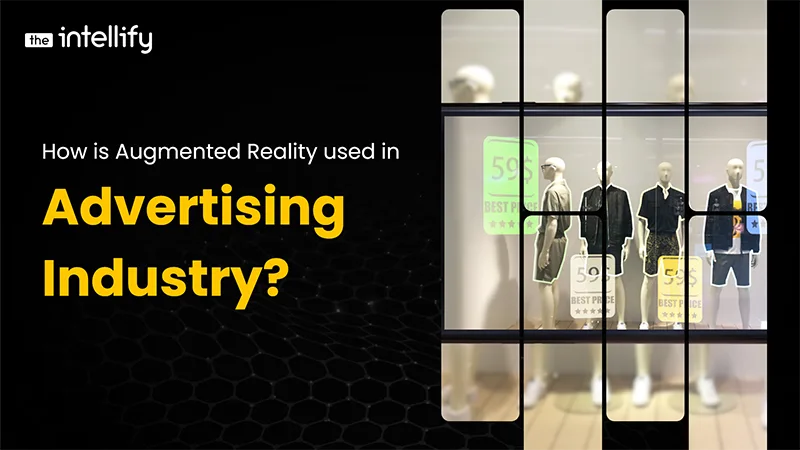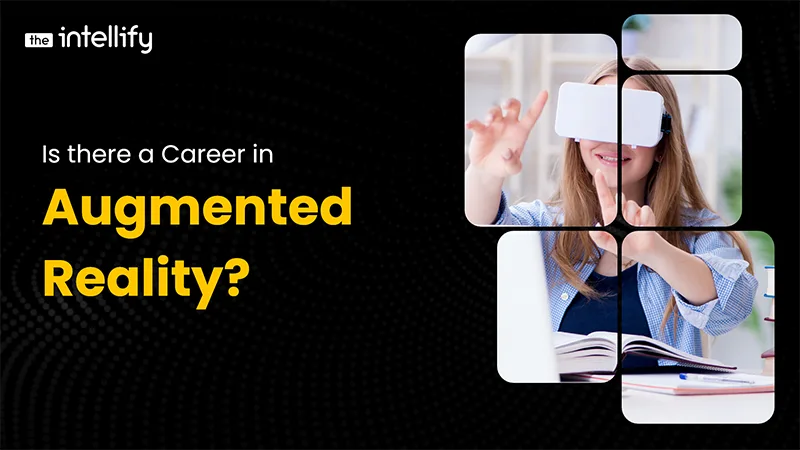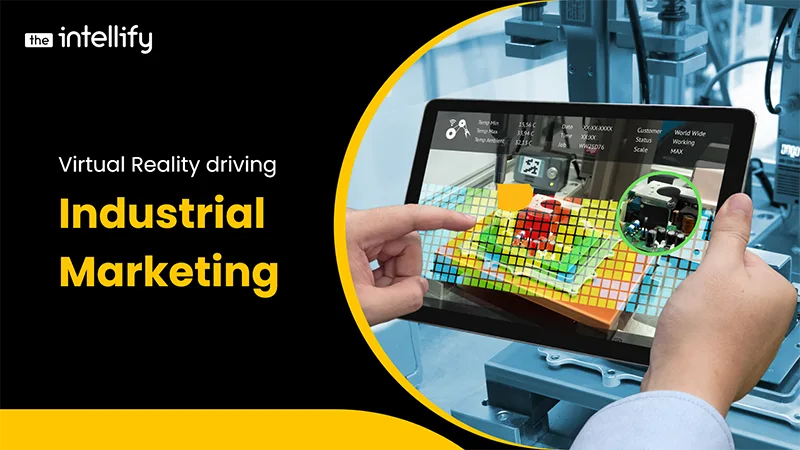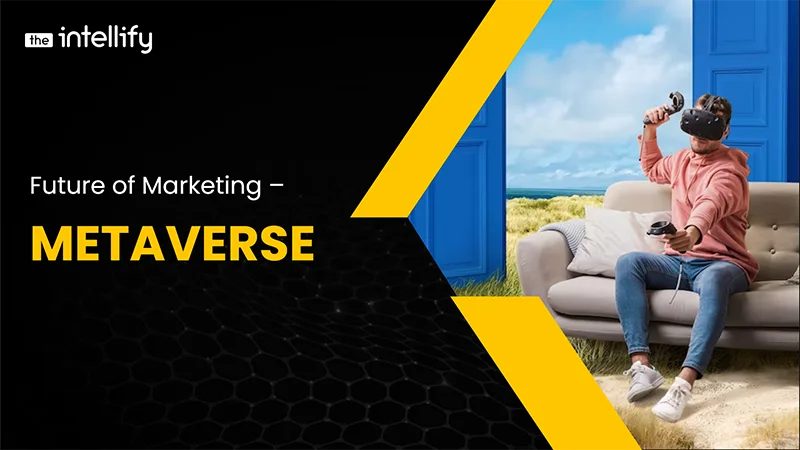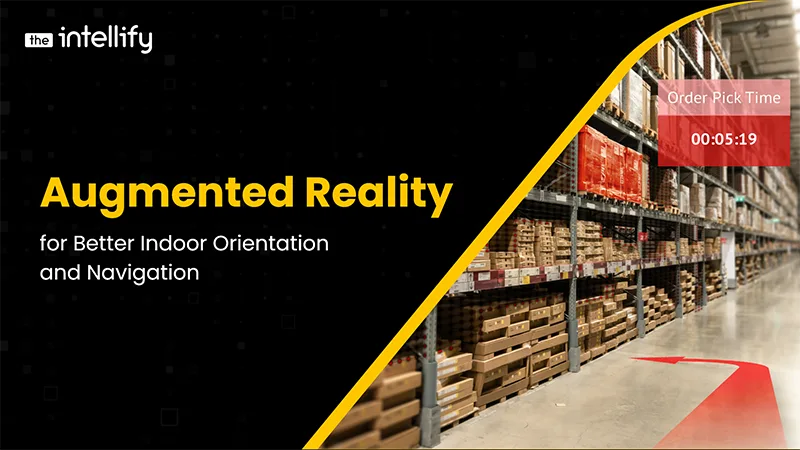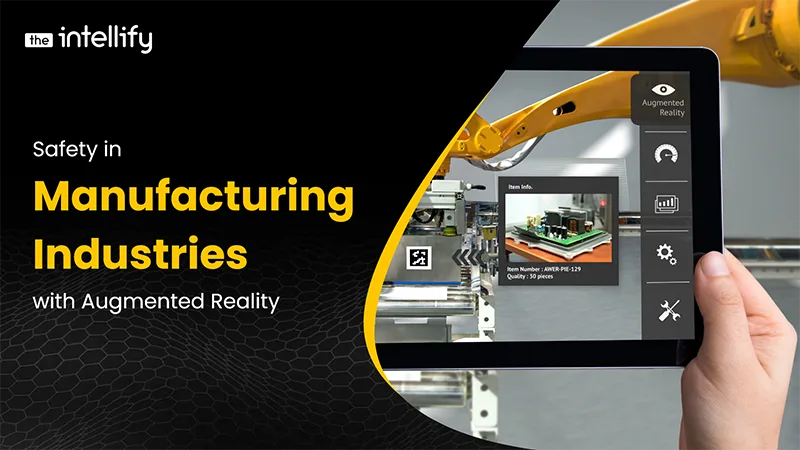Augmented Reality has been increasingly acquiring limelight in recent years, and one industry that has been constantly quick to adopt this newly emerging technology is ADVERTISING. AR has been used in a variety of innovative and engaging ways to create more interactive and productive advertising experiences for consumers.
In this very particular Blog, we will explore how Augmented Reality (AR) is used in the advertising industry:
- Product Visualization
AR helps the Brands and Businesses to Present their Products/Services with such Immersive Experiences. For any consumers/customers, product visualization is the key to build trust and get engaged with the Product Experience. AR delivers this experience very accurately. - Realistic Interaction
AR can be used to give consumers/customers a more Realistic and Interactive view of Products and Services. Allowing Consumers to see How a product looks and behaves in the real world! For example, a furniture company can use AR to allow customers to see how a piece of furniture will look in their home/office. - Gamification
AR can be used to create Engaging and Immersive Games that are Collaborated to a Brand or Businesses regarding their Product & Services. For example, a car company can use AR to create a racing game that allows users to experience the car’s speed and controls through an AR setup gaming solution. - Location-Based AR Advertisement
AR can be used to create Location-based marketing and advertising campaigns which helps to target a specific area with specific consumers. For example, a restaurant can use AR to create an interactive advertisement that shows the restaurant’s menu and special offers when passed nearby. - Product Try-On
AR can be used to create Virtual Product Try-on experiences, allowing customers to Try- on all the products physically like Clothing/Apparels, Makeup, or any such Accessories without physically being in a Store. Product Try-on lets the consumers try all the products before they can purchase one. This automatically reduces the returns and size issues.
The Intellify strongly believes Augmented Reality can be used widely with a scope to tell a Brand’s Story in a more engaging and interactive way. Any Business/Brands can adopt AR to create an interactive experience that allows users to learn more about their company’s history, values, mission, and deliverables.
To conclude this blog post, Augmented Reality has many branches of solutions in the Advertising Industry, from Product Visualization to Location-based advertising and Product Try-on experiences. As AR technology continues to evolve, Intellify as one of the best AR Solution Providers engages in creating and developing even more innovative uses of AR in advertising and other industries in the future.
